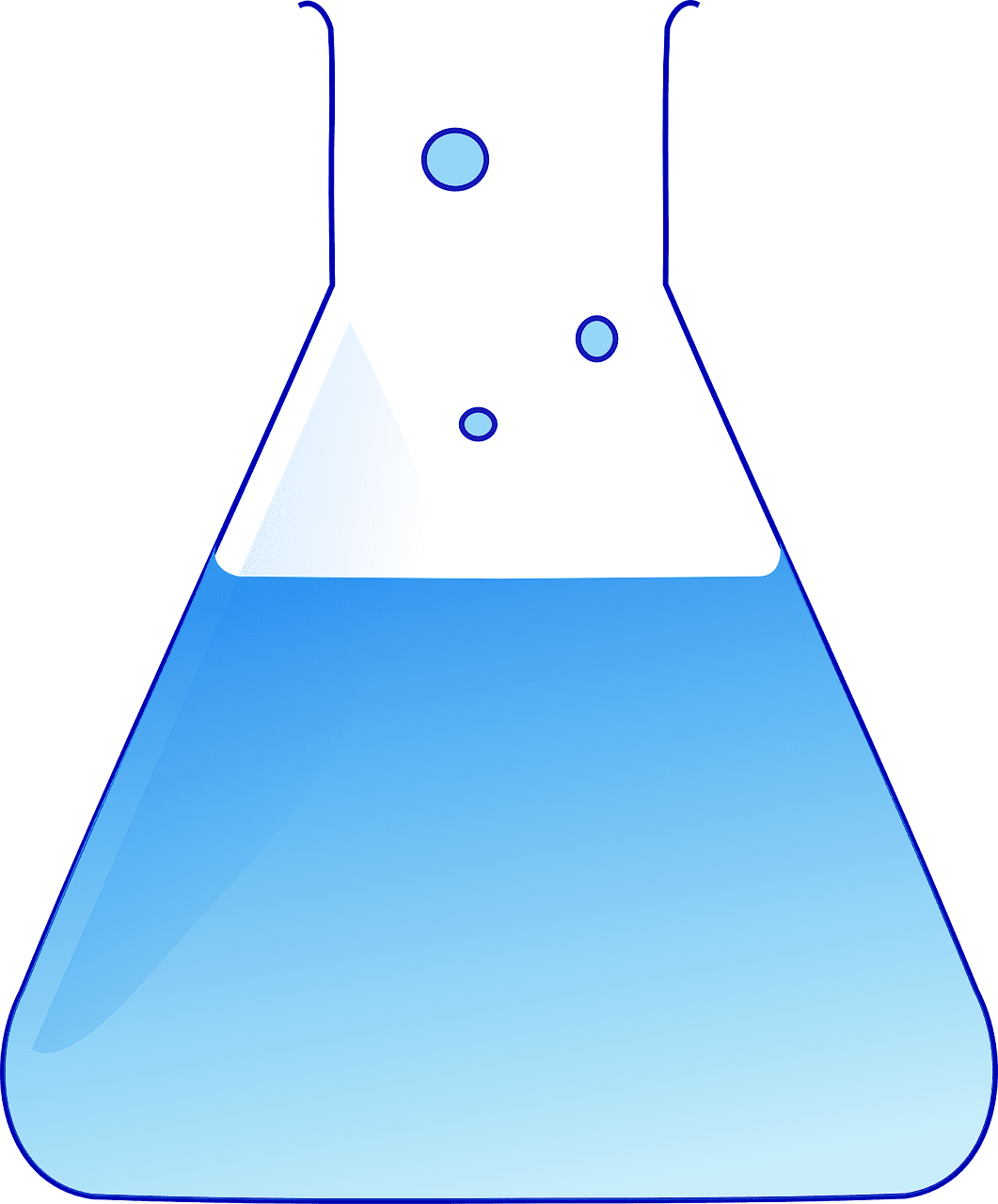A bulk of reactions in the laboratories are performed with different solutions. Thus it is essential to know how the amount of substance is said when it is present in the form of a solution.
The amount of a given substance present in the given volume or the concentration of a given solution can be expressed in Molarity, Molality, Normality, etc.
Key Takeaways
- Molarity is the measure of the concentration of a solution expressed as the number of moles of solute per liter of solution. At the same time, Molality measures the attention of a key defined as the number of moles of solute per kilogram of solvent.
- Molarity is dependent on the temperature and pressure of the solution, while Molality is independent of temperature and pressure.
- Molarity is used for reactions in solutions, while Molality is used for reactions in solvents.
Molarity vs Molality
Molarity is the number of moles present in a solute that can be dissolved in one litre solution. The symbol that is used to represent molarity is ‘M’. The number of moles present in a solute is divided by the volume to calculate molarity. The quantity of moles present in a solute that can be dissolved in a solution of one kg is called molality. The symbol that is used to represent molality is ‘m’.

The molarity of a solution is dependent on the temperature and inversely changes with it. If the temperature is increased, the molarity decreases, while the molarity increases if the temperature is decreased.
The value of molarity is affected by the change in pressure also. The value of molarity is not accurate or precise.
The molality of a solution is independent of the change in temperature and pressure. This is because the mass of the solute remains unaffected by any change in temperature and pressure.
The value of molality is quite accurate and precise. The molality of a solution is concerned with the mass of the solvent.
Comparison Table
| Parameters of Comparison | Molarity | Molality |
|---|---|---|
| Definition | It is defined as a mole of solute dissolved in a litre of the solution. | It is defined as a mole of solute dissolved in 1 kg of the solution |
| SI Unit | mol/L | mol/kg |
| Measurement | It is measured by means of the volume of solution. | It is measured by means of the mass of the solvent. |
| Temperature | Affected by any changes in the temperature | Do not affect by any changes in the temperature. |
| Denoted | M | m |
| Accuracy | It is inaccurate and is not reliable. | It is precise and accurate. |
| Pressure | Affected by any change in pressure | Do not affect by any change in pressure. |
What is Molarity?
The number of moles of the given solute dissolved in a given per litre of the solution is known as Molarity. Molarity is represented by the symbol ‘M’. The formula for calculating molarity mathematically is given below –
M = No. of moles of a given solute/volume in
litres
The standard unit of Molarity is moles/L, or Molar or M. Consider the example given below – 0.25 mol/L solution of sodium hydroxide means that 0.25 moles of sodium hydroxide have been dissolved in the 1 litre (or 1 cubic decimetre) of the solution.
As the volume of the given solution increases with an increase in temperature of the solution, then the Molarity of the solution also decreases along with it while the volume of the solution decreases with a decrease in temperature.
Thus the Molarity of the solution increases with a decrease in temperature.
For complex problems, the given equation M1V2 = M2V2 is used to determine the solution’s Molarity. For example – Dissolve 4 g of sodium hydroxide in 250 ml of water. What is the molarity of the above solution?
Solution – Mass of Sodium hydroxide = 4.0 g
Molar Mass of Sodium hydroxide, NaOH = 23 (Na) + 16 (O) + 1 (H) = 40.0 g/mol
Volume of water in litre = 250/1000 = 0.25 L
Number of moles = Mass of sodium hydroxide/Molar mass of sodium hydroxide
= 4/40 = 0.1 mol
Molarity = Number of moles of sodium hydroxide/Volume of solution in a litre
= 0.1/0.25 = 0.4 M

What is Molality?
The number of moles of the solute per kilogram of the solvent is known as Molality. It is denoted by the symbol ‘m’. The formula for calculating molality mathematically is given below –
Molality = Moles of given solute/Mass of given solvent in kg
The standard unit of measurement of Molality is moles/kg or Molal or m. Consider the example below – 1.0 mol/kg potassium chloride solution means that 1 mole (74.5 g) of potassium chloride is dissolved in 1 kg of solution.
It is not affected by the change in temperature since mass remains constant or unaffected by temperature.
Consider the following example for better understanding – When 2.5 g of ethanoic acid is dissolved in 75 g of benzene.
Solution – Molar mass of ethanoic acid = 60 g/mol
Moles of ethanoic acid = 2.5/60 = 0.0417 mol
Mass of benzene in kg = 7/1000 kg
The molality of ethanoic acid = Moles of ethanoic acid / Mass of benzene
= 0.0417 × 1000 / 75 = 0.556 mol/kg

Main Differences Between Molarity and Molality
- The molarity of a solution can be defined as a mole of solute dissolved in a litre of the solution, while the Molality of a solution can be defined as a mole of solute dissolved in a kg of solution.
- The SI unit used to express molarity is ‘mol/L’, while for molality, it is ‘mol/kg’.
- The molarity of a solution can be measured on the basis of the volume of a given solution. On the other hand, the molality of a solution can be measured on the basis of the mass of the given solvent.
- Molality changes with the temperature fluctuation, while the temperature fluctuation does not affect the value of molality.
- The molality of a solution can also be denoted by ‘M’, while the molality of a solution is denoted by ‘m’.
- The value of molarity is not considered accurate and precise. On the other hand, the value of molality is more accurate and precise.
- The change in the pressure affects the value of molarity, but the value of molality remains unaffected by the change.

The inclusion of example calculations for molarity is particularly helpful in understanding how to apply this concept in practice. This article provides valuable insights into chemical concentration measurements.
I agree, Alison Mitchell. The practical examples aid in reinforcing the understanding of molarity and its significance in chemistry.
The clear distinction between molarity and molality, along with the comparison table, is extremely useful for students and professionals alike. This article provides invaluable insights into these essential concepts.
I couldn’t agree more, Carter Natalie. The clarity of information in this article is highly beneficial for anyone studying or working in chemistry.
Absolutely, Carter Natalie. The article serves as a comprehensive guide to understanding molarity and molality in chemistry.
I appreciate the comprehensive overview of molarity and molality provided in this article. It certainly aids in grasping the fundamental concepts of concentration in solutions.
The article effectively explains the difference between molarity and molality and how they are used in chemical reactions. Understanding these concepts is fundamental in chemistry.
I couldn’t agree more, Hthompson. This article does a great job of elucidating the importance of molarity and molality in chemical processes.
The detailed explanations of molarity and molality are quite informative. The impact of temperature and pressure on these measurements is a critical aspect to consider in chemistry.
Absolutely, Lee Roberts. Understanding how temperature and pressure affect molarity and molality is essential for accurate chemical analysis.
Thank you for providing this informative article on the differences between molarity and molality. It’s important to understand the distinctions between the two in order to accurately measure the concentration of solutions.
I agree, Jdavies. Having a clear understanding of molarity and molality is crucial in chemistry.
This article provides a thorough comparison between molarity and molality, and I appreciate the detailed explanation. It’s important to note the impact of temperature and pressure on molarity and molality.
Absolutely, Hunt Evelyn. It’s essential to recognize the different factors that affect molarity and molality in solutions.
I couldn’t agree more, Hunt Evelyn. The details provided in this article are quite helpful in understanding these concepts.
This article offers a clear comparison of molarity and molality, shedding light on their distinct features. The explanations are highly informative and beneficial for those studying chemistry.
Absolutely, Muhammad81. The detailed descriptions of molarity and molality make complex chemical concepts more accessible.
I couldn’t agree more, Muhammad81. The clarity of the explanations in this article greatly aids in understanding the nuances of molarity and molality.
The comparison table included in the article is extremely useful in summarizing the key differences between molarity and molality. This distinction is crucial for accurate chemical calculations.
I completely agree, Mcooper. The article effectively highlights the significance of molarity and molality in chemistry.
Well said, Mcooper. This comparison table makes it easier to understand the disparities between molarity and molality.
The explanation of molality’s independence from temperature and pressure changes highlights its precision and accuracy. This article has greatly enhanced my understanding of concentration measurements in solutions.
Well said, James Andrew. The detailed explanations emphasize the importance of molality in chemical analyses.